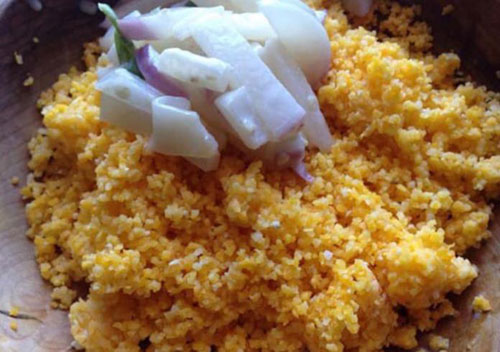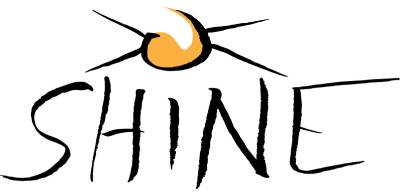Pemagatshel
Pema Gatshel, meaning “Blissful Land of the Lotus”, is located in the southeastern part of Bhutan. The Dzongkhag covers an area of about 1023 square km with elevation ranging from 1000 to 3,500 meters above sea level and experiences an average annual rainfall of 1500mm to 3000mm. It shares its border with Trashigang Dzongkhag in the north and north- east, Mongar Dzongkhag in the north and north- west, Zhemgang Dzongkhag in the west, Samdrup Jongkhar Dzongkhag in the east and the Indian state of Assam in the south. 87.65% of the total area is under forest cover, comprising mainly of coniferous and broadleaf species. The climate of the Dzongkhag is hot and humid during the wet season and moderate cold during the dry season. Land holdings are dominated by Kamzhing with negligible wetland. Divided into 11 gewogs, this Dzongkhag has a population of 25000 people from 4486 households. All the gewog centers are connected with roads making it easier to transport goods and communicate with service centers especially Dzongkhag and Dungkhag administration. Catering to their services are 772 civil servants providing different services – health, education, census, land, etc. Similarly, there are also service delivering corporate bodies like BPC, BTL, Tashi Cell, Bhutan Post, BoBL, BDBL and so on. The basic health service needs are catered from 12 BHUs, five subpost and 35 ORCs. When these health centers are not able to cater, the patients are referred to Pema Gatshel district hospital. Spiritual and religious blessings are sought from 122 lhakhangs; most sacred being Yongla Gonpa, Kheri Gonpa and Dungkar Lhakhang which too possess historical importance.
Our future leader of Bhutan are being educated from eight ECRs, 18 primary schools, six lower secondary schools, one MSS and two higher secondary schools while adult literacy is being taken care from 36 NFE centers. There are currently 6180 students and 402 NFE learners. Therefore, literacy rate stands at 56.1 percent. Markedly significant progress has been made in the 10th FYP in the field of communications and sanitation. All the gewog centers and major villages have been connected with farm roads that reduced the drudgery of transporting goods on their back and encouraging opting for commercial farming. Mobile network coverage has increased to 98%, rural electrification coverage to 99% and health and RWSS coverage to 99.8% and 96% respectively. Adding to the service sector are 173 retail, 19 wholesale, 443 micro business licenses, 1055 operational industrial licenses (379 service, 359 construction, 79 production and manufacturing and 239 bar) in operation. The poverty rate stands at 29.9% (BLSS 2012) and it is one of the highest – second only to Lhuentse. The Bhutan Living Standard Survey 2012 further revealed that the mean annual household income was Nu.118,325.00 with monthly household consumption expenditure of Nu. 12,901.00 while unemployment rate stood at one percent.
Evidently, the high level of poverty is mainly due to limited income generating opportunities, land fragmentation, shortage of labor, crop damages by wildlife, shortage of water and steep unstable terrain. The people’s problem of complete landlessness was intervened with the National Rehabilitation Programme (Kidu from His Majesty), one of the targeted poverty intervention programmes. 44 households were rehabilitated at Khenadang while 51 households were rehabilitated at Borangma in Nganglam.

